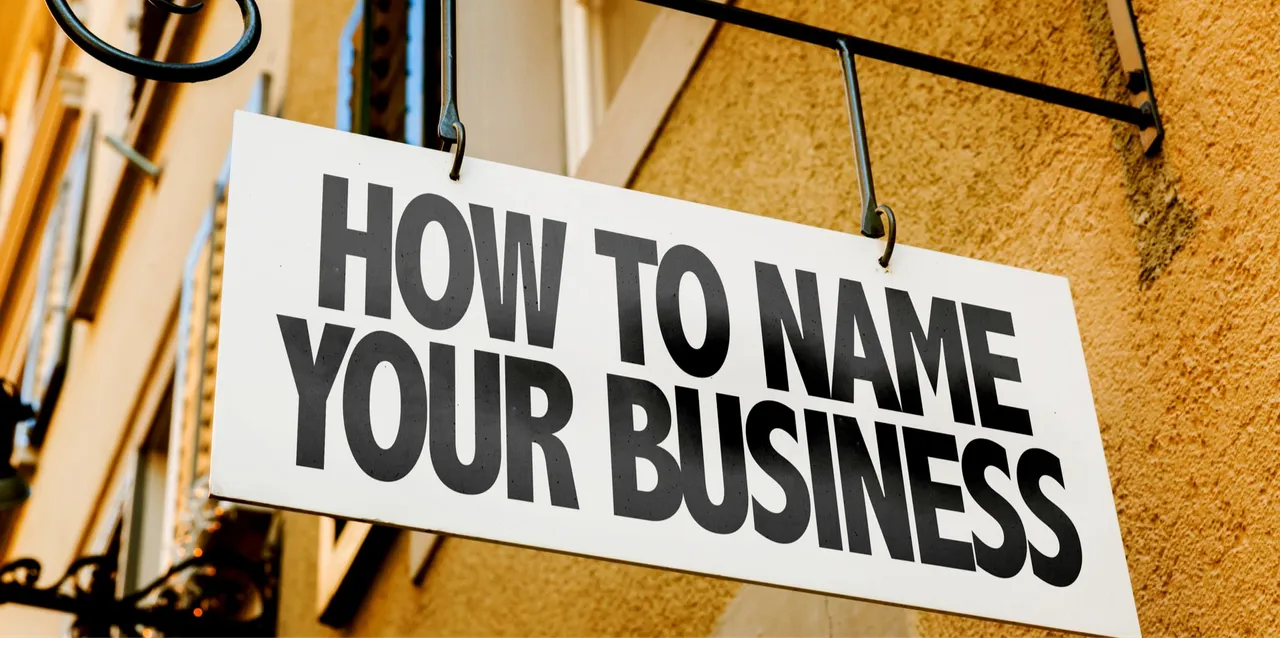
The following post constitutes a commentary on Daniel Larimer's thoughts on EOS token symbol allocation, which can be found here.
One problem I see with this proposals is that they attempt to generate revenue from the network of participants before that network is sufficiently consolidated.
As of this point, EOS ecosystem is far from a consolidated network. It hasn't achieved a state of stable growth in any criteria that I can imagine, neither in number of developers, nor number of dapps, nor growth of individual existing dapps, nor volume of real transactions, etc.
On the contrary, EOS is facing fierce competition for scarce resources, such as talented developers, from other L1 platforms such as Algorand, BSC, Avalanche, cosmos, Polkadot and many others.
Any argument against those platforms' models may or not be valid. But the fact is that they are competitors and the market so far has decided in their favor.
So, before focusing on monetizing from our challenged platform. What is needed is a bold strategy on making the network grow and actually achieve network effects and profit from Metcalfe's law.
Now, because the symbol allocation issue is real, I propose the following.
"A name of symbol can be 'reserved' but not 'consumed'."
So, let's allow anyone in the world to reserve any symbol for free, under the requirement that he/she locks certain amount of EOS, which is standard to all symbols. This locking is necessary to prevent spam and to deter scammers.
Each symbol name comes with a predefined set of parameters which can be modified only once by its owner. Reserving a symbol doesn't bestow ownership. It only provides an opportunity for anyone in the world to do something with the symbol he likes. All this operates on a FIFO basis in order to generate incentives for early adopters.
The locking of EOS will only last a specific time window after which the individual needs to succeed at presenting proof of promise with the symbol. If he does so the locked EOS are returned to his account and he is granted ownership of the symbol. Only then he can modify the symbol's parameters such as decimal precision, inflation rate and total supply.
If the individual fails to provide proof of promise with the symbol then his locked EOS are burnt and the symbol name becomes available again as if nothing had happened.
The proof of promise/usage is a complex matter to evaluate but, fortunately, at current early stages, demand isn't that high and the evaluation can be performed by Eden-like community members that receive a portion of the EOS locked for their time and work. Those evaluations can be done publicly on video just like Eden-style elections. Meanwhile, more sophisticated tools for onchain/github analysis can be incorporated. So, as demand grows, better tools become available.
One big advantage of 5 is that it creates a form of employment for non-technical people that still want to contribute to the network. It creates a big incentive to enter Eden communities for people who are looking for an online job. There are milllions of such people.
Finally, in order to clean the network of current scam tokens. I would suggest that this protocol is followed by all symbol names, including current symbol name holders. Although a little bothersome for any legit project, passing the process successfully will be a badge of quality for those who do it, at virtually no cost.
Sincerely,
Sapiens